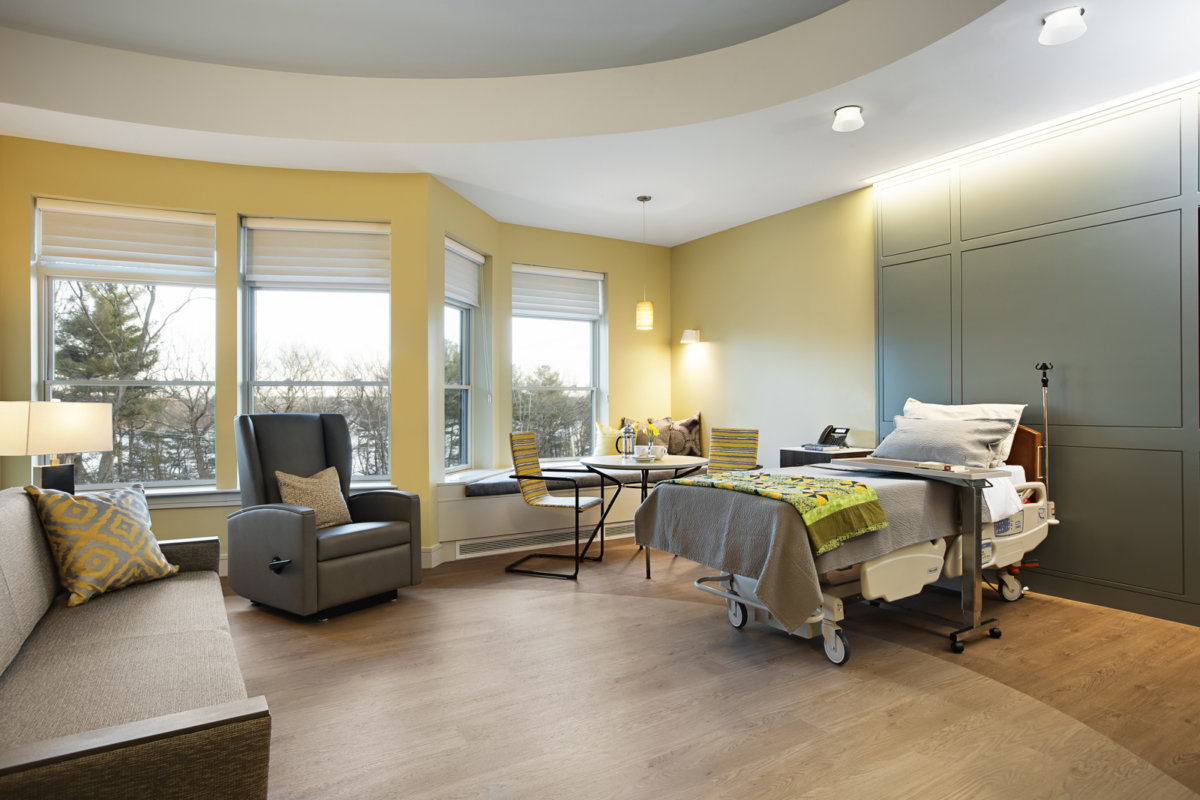
The year 2030 marks an important demographic turning point according to the U.S. Census Bureau. By 2030, we can expect all baby boomers to be older than 65; 1 in every 5 residents will be retirement age; population growth will slow; and the old-age dependency ratio will continue to grow. Today more than ever there is a need for more assisted living and life plan communities to accommodate these significant population shifts.
If you are thinking about an addition, renovation, or new construction for your healthcare facility or life plan community, there is no time like the present. Consider the following five best practices to help get your project started:
1. Build with the future in mind.
The needs of retired and senior populations are constantly changing and evolving. In recent years, we’ve witnessed a surge in the need for memory care and Alzheimer’s care facilities and providers have been faced with the costly need to retrofit their facilities to accommodate for this specialized form of care. The life plan community concept has also become a widespread and coveted change in senior living. Knowing that wellness and healthcare trends like these will constantly evolve, it is important to be smart in design and to build spaces that allow for future modifications and adaptions at a minimal cost.
2. Don’t be conventional!
Wellness and healthcare environments have become more customized and homelike. The institutional “white wall” approach has been abandoned in the design of these spaces. Rely on the creativity of your building and design partners to make everyday elements beautiful and welcoming for your occupants, patients, employees, and visitors. They can make it possible to strike the balance between a space’s functional need and aesthetic. This hospice facility is a great example of this effort in play.
3. Engage your design and building partners early in the process.
The sooner your designer and builder are brought on board, the sooner you can understand the cost and scope realities of your project. This allows your builder to manage schedule and budget in tandem with the development of design to ensure your project is on target.
4. Expect a lengthy approval process.
The approval process is daunting because of the requisite regulations, permits, inspections, and licenses demanded by various regulatory bodies and governing agencies. It is important to anticipate how these approvals may impact your timeline. Your builder can guide you through this process by coordinating and preparing for the visits to avoid costly delays at project turnover.
5. Establish consensus.
Encouraging the input of multiple end users will promote design that is focused on wellness, functionality, and aesthetic. Set up a steering committee that includes representation from your staff, board members, and even prospective patients or occupants. Engage this committee from the very beginning and use their perspectives to hone design. This will result in a project that achieves everyone’s vision.
The one common thread of success here? We’d say its partnership. As you embark on your next project, ensure that you have an established partnership with both your design and building team to achieve the greatest and smartest results. Check out examples of where Windover’s team has put these five practices into play here.
